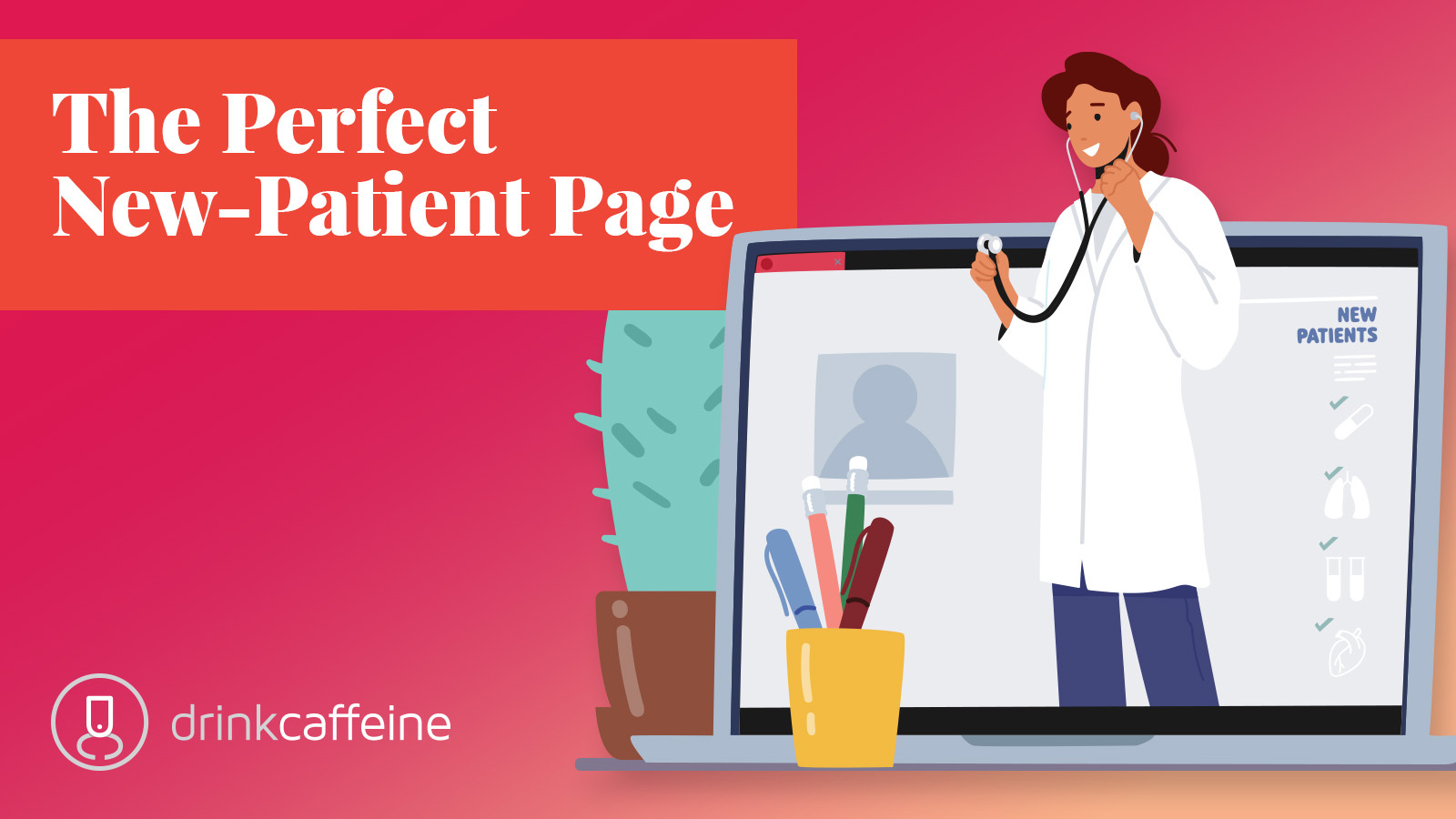Here’s how to keep it open.
There’s no shortage of advice about how healthcare organizations can attract new patients to their website.
But too often, when a prospect is on-site and ready to become an actual patient, the journey stops at the New Patient page. And even though nearly 40% of patients claim to use New Patient portals, almost 70% of community health center websites don’t have one.
So, if you’re a savvy healthcare marketer with an underperforming New Patient page – or if you’re an aspiring healthcare marketer ready to add one – this is for you.
3 Steps to Creating an Effective New Patient page
1. Build Trust
Here’s why: Healthcare decisions are rarely if ever based on factual data alone. Emotions play a key role, and the person deciding whether to become a new patient may be in a state of anger, stress, anxiety, confusion, or depression. Language barriers can make matters worse. So you need to take prospects by the hand.
Here’s how:
- State your Mission. It reassures new patients that you’re grounded in a belief system.
- State your clinical capabilities and areas of specialization. It confirms the new patient has arrived at the right place.
- State your Point of Difference. Define what makes you good/better/best.
Content to consider: Short format video. A 1-2 minute segment with animation, kinetic type, and a voiceover describing the mission of the organization and the services it provides.
2. Shape expectations
Here’s why: You need to prepare the person to become a patient. You need to establish reasonable, realistic hopes. This will help make the first visit align with what the patient anticipates.
Here’s how:
- Use your best images. Facilities should be showcased as clean, professional workspaces. Staff photos should show a range of emotions from serious to happy.
- Offer financial information. This may include sample pricing for basic visits or insurance claims support.
- Describe how care is provided. State clearly that care is provided by a team, and that the team includes professionals beside the physician.
- Share parking information. Especially if there’s potential for confusion in way-finding.
Content to consider: A Pre-Appointment Call. Touching base with a voice message to 1st-time patients the day before an appointment.
- Confirm the appointment
- Identify key reminders (insurance info, pre-visit questionnaires)
- Humanize the organization.
- NOTE: Person-to-person calls are ideal, but automated calls can also add value.
3. Go step by step
Here’s why: A sequential process increases the likelihood of a successful conversion. It can reduce confusion, especially in multiethnic patient populations. And it establishes your organization as an authority on how to do things.
Here’s how:
- Information graphics. Use shapes, colors, and simple text to capture and guide patient attention.
- Video explainer segments. Short (60-75 seconds) videos with simple copy graphics are an easy way to digest process-related information.
- Send a text message that introduces the organization and provides the new patient with contact information for questions.
Content to consider: A New Patient Roadmap. Design a graphic (viewable or downloadable) on your site that presents the steps a person will take to become a new patient. Highlight preparation, the necessary forms, and the sequence of steps in order. If possible, make it mobile-friendly and translatable.
When you’re ready to start using data and creativity to solve healthcare marketing problems, contact us.


